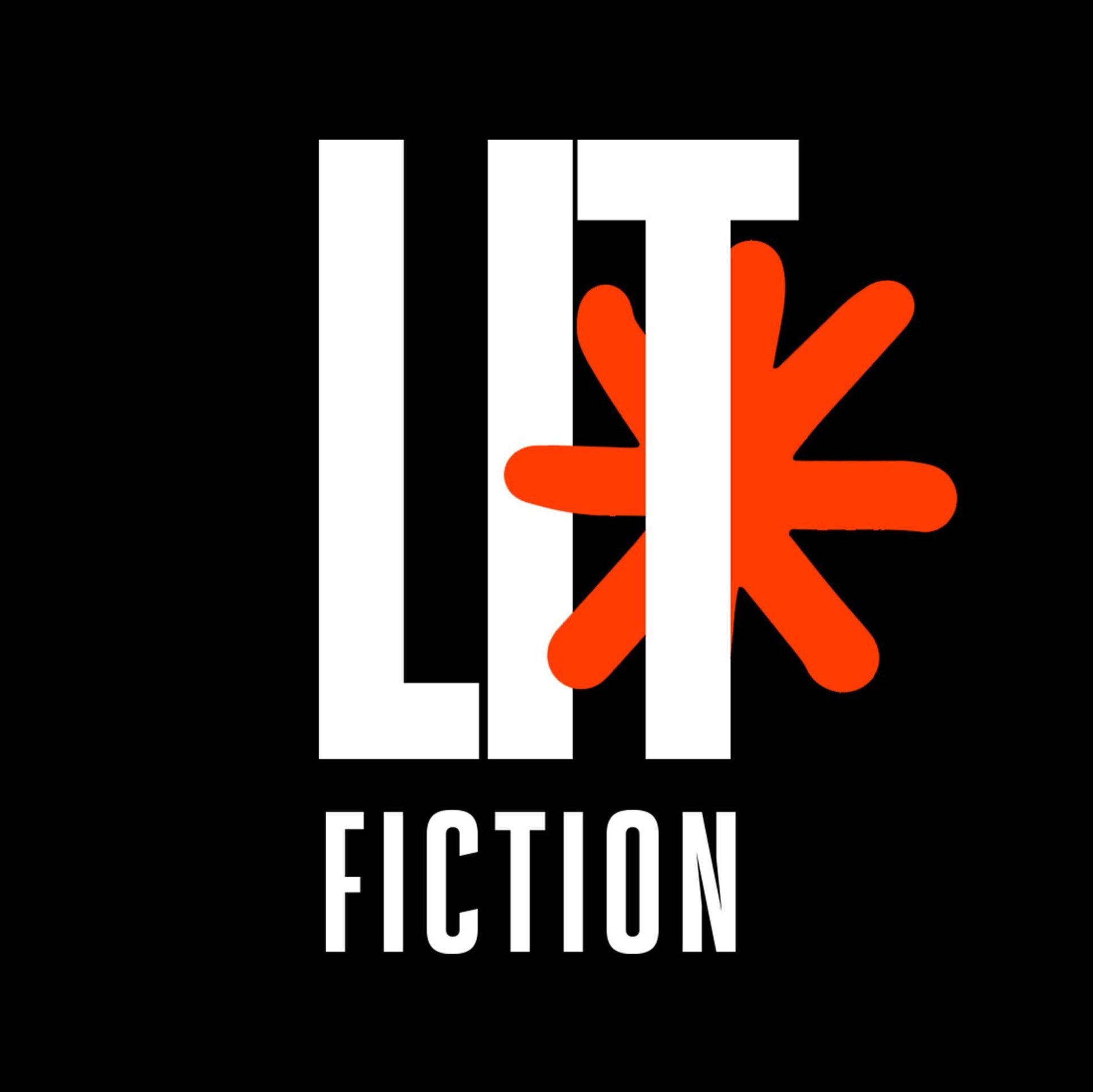This week, Jennifer, Colin, and Joey discuss Kaho by Haruki Murakami, published in the July 8th and 15th, 2024, double issue of The New Yorker. The story follows Kaho, a children’s book illustrator, whose life takes a strange turn after a man on a blind date bluntly calls her ugly. Instead of leaving, she stays, curious about his motives. As their relationship continues, Kaho finds herself reflecting on her own self-worth, eventually channeling the experience into her most successful children’s book, a story about a girl searching for her lost face. Kaho explores themes of beauty, societal expectations, fate, and the psychological games we play with ourselves and others.
Our Thoughts
Jennifer opens by praising the story’s simplicity and its deep exploration of complex themes such as societal beauty standards, fate, and the tension between confidence and self-doubt. She emphasizes how Kaho’s encounter with Mr. Sahara felt inevitable, as if their meeting was destined to shake Kaho’s worldview and lead her to a profound artistic breakthrough.
“This story was compelling, ambiguous, and beautifully written. The themes of beauty and self-confidence drew me in, and I’ve been thinking about this encounter all week. The societal expectations and double standards that it highlights were really profound.”
— Jennifer
Colin remarks on how Murakami captures readers from the first sentence, likening the story’s tone and strangeness to Kafka or Gogol. He appreciates the bizarre nature of Mr. Sahara’s character, who initiates the plot with his shocking insult. Colin sees Mr. Sahara as a metaphorical figure, possibly representing fate or psychological manipulation.
“The first sentence is a slap in the face—it hooked me as a reader. Mr. Sahara’s strangeness made me wonder if there was something otherworldly about him, like he was sent to guide Kaho’s fate or to fulfill a specific role in her life.”
— Colin
Joey connects the story to other Murakami works and to Dostoyevsky’s Crime and Punishment, where male characters impose emotional labor on women. He admires Kaho’s resilience and curiosity, which sets her apart from other women Sahara has insulted. Joey also explores the recurring theme of the natural world, particularly how Sahara’s nihilism contrasts with Kaho’s creative growth.
“Sahara’s name evokes the desert, a place that seems lifeless but holds hidden life—just like how Kaho’s creativity emerges from this seemingly barren, unsettling experience.”
— JoeyKey Themes Discussed
- Curiosity and Psychological Manipulation: Kaho’s decision to stay and engage with Sahara reflects a deep curiosity, both about him and about herself. The story explores how psychological games can blur the lines between self-discovery and manipulation.
- Beauty and Self-Worth: The story revolves around societal beauty standards and how people derive their self-worth from appearances. Kaho’s upbringing made her indifferent to these standards, but Sahara’s insult forces her to confront societal expectations about beauty.
- Fate and Inevitability: Both Jennifer and Colin discuss the theme of fate. Sahara himself hints that people are trapped in the “chain of life,” suggesting that their meeting was inevitable and part of a greater design.
- Gender Dynamics and Emotional Labor: Joey compares Sahara’s actions to those of characters like Raskolnikov from Dostoyevsky’s Crime and Punishment, where women are burdened with the emotional labor of men. Sahara manipulates women’s emotions to satisfy his own curiosity and sense of control.
- Transformation and Creativity: Kaho’s encounter with Sahara becomes the catalyst for her most successful work, symbolizing how painful experiences can lead to personal growth and creative breakthroughs.
Conclusion
The group concludes that Kaho is a masterfully written story that balances simplicity with depth. Murakami weaves together themes of fate, beauty, and psychological manipulation, leaving readers with questions about societal expectations and self-worth. Kaho’s journey, from being insulted by a stranger to creating a world-renowned children’s book, reflects the complex ways that human interactions shape identity and creativity.

